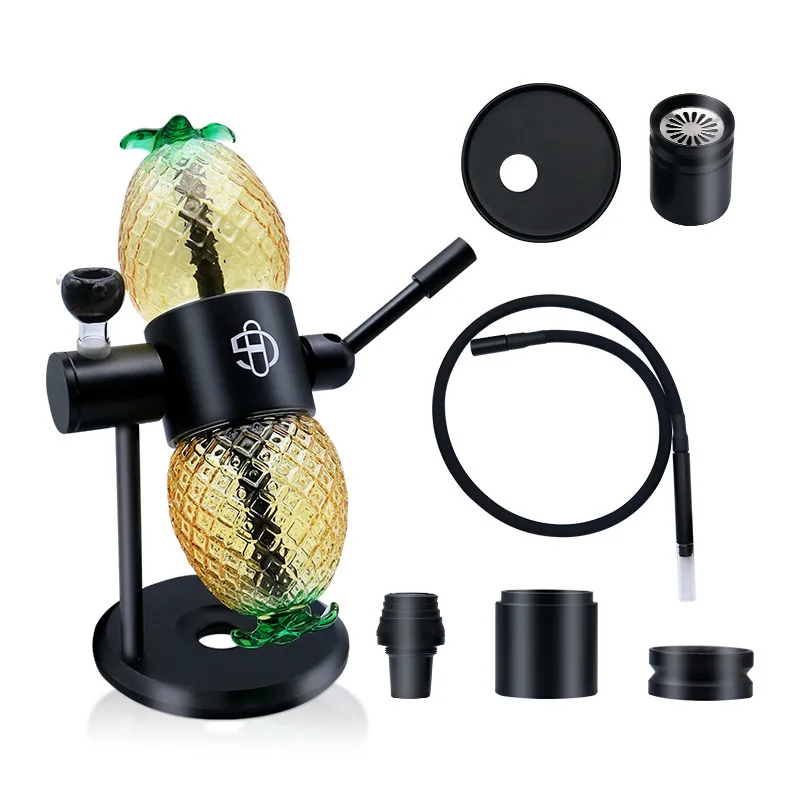For all the talk about potency, yield, and branding, the real revolution in cannabis is happening underground—in the living soil. Dig your hands into it and you’ll feel it breathing: earthworms tunneling, mycelium threading through humus, microbes trading nutrients like a microscopic marketplace. This is where the plant’s magic begins.
“Living soil” isn’t a buzzword; it’s a rebellion. As the legal industry chases sterile perfection through hydroponics and chemical control, a growing movement of cultivators is going back to the dirt—not out of nostalgia, but necessity. In their eyes, saving the plant means saving the planet.
What Is Living Soil?
At its simplest, living soil is exactly what it sounds like: soil that’s alive. It’s a self-sustaining ecosystem rich with fungi, bacteria, protozoa, nematodes, and organic matter, all cycling nutrients to the plant in exchange for root exudates (the sugars the plant feeds them).
Dr. Elaine Ingham, a pioneering soil microbiologist and founder of the Soil Food Web School, describes healthy soil as operating like a “nutrient banking system” —microbes store and release elements as the plant demands. Her Soil Food Web approach is used by growers who want to restore soil biology rather than override it.
In cannabis cultivation, that relationship is everything. When soil is thriving, plants develop deeper terpene profiles, stronger immune systems, and richer cannabinoid expressions. Living soil doesn’t just grow cannabis. It grows the complexity that makes cannabis cannabis.
The Cannabis Soil Rebellion
The industrialization of legal cannabis has come with a price: uniformity. Across North America, massive hydroponic facilities dominate headlines with LED wattage, square footage, and quarterly yields. Yet for all their gleaming technology, something essential gets lost—the character of the plant.
In contrast, small-scale legacy growers from Northern California’s Emerald Triangle to forests of Maine and Oregon are leading what they call the “soil rebellion.” These cultivators aren’t anti-progress; they’re anti-sterility. Their farms hum with compost-tea brewers instead of air conditioners. Their grow rooms smell of earth, not disinfectant.
To them, living soil is a statement of resistance—a middle finger to the corporate model that treats cannabis like a commodity instead of a culture. They’re not chasing uniformity; they’re chasing vitality.
The Environmental Stakes
Industrial cannabis is quietly becoming one of the most energy-hungry crops in North America. A major study in Nature Sustainability found that indoor cannabis cultivation can generate between 2,283 and 5,184 kilograms of CO₂-equivalent per kilogram of dried flower, largely driven by lighting, HVAC, and environmental control systems.
In some reporting, that’s framed as equivalent to growing one ounce of cannabis indoors having the same emissions as burning 7–16 gallons of gasoline, depending on location.
By contrast, sun-grown and living-soil operations drastically reduce that footprint. No artificial lighting. No chemical runoff. No wasted nutrients. Instead, cultivators build closed-loop systems: composting leftover plant material, capturing rainwater, and encouraging biodiversity that manages pests naturally.
As the planet warms, the cannabis industry faces a choice. Either double down on energy-intensive “clean rooms,” or return to the soil systems that sustained the plant for millennia. The growers choosing the latter aren’t Luddites; they’re the real innovators.
Microbes, Mycelium, and Medicine
Living soil isn’t just an environmental win—it’s an alchemical one. Beneath the surface, a web of mycorrhizal fungi extends far beyond the roots, exchanging minerals for sugars and transmitting chemical signals between plants. It’s the internet of the earth, and cannabis thrives in that connectivity.
Terpenes, the aromatic compounds that define each strain’s scent and therapeutic profile, are heavily influenced by soil biology. Plants grown in biologically active soils often show higher terpene diversity and potency than those grown in sterile hydro systems. (See studies in Frontiers in Plant Science and other journals correlating soil microbial diversity with improved secondary metabolites.)
The rhizosphere—the narrow soil layer immediately surrounding the roots—is where most of that chemical exchange happens. Roots exude sugars and organic acids that feed microbes, which in turn break down nutrients and make them available to the plant.
In short, the microbes matter. When cultivators nurture the unseen world underfoot, they’re amplifying not just yield but medicine, but producing flower that’s chemically richer, more aromatic, and more effective for the end user.
Farmers as the New Counterculture
It’s tempting to view the living-soil movement as a trend, but talk to the people building compost piles at midnight or experimenting with Korean natural farming techniques, and you’ll hear a different tone: one of defiance.
These are farmers who see themselves as stewards, not suppliers. They reject synthetic control because it mirrors the same top-down systems that outlawed cannabis in the first place. Living soil, to them, is a political act. An assertion of autonomy and connection in an industry increasingly run by spreadsheets.
This isn’t hippie nostalgia. It’s a science-backed rebellion with cultural roots stretching to the earliest cannabis communities. The living-soil movement echoes the same anti-establishment ethos that made cannabis a symbol of resistance in the 1960s and ’70s. Only now, the battleground isn’t in the streets—it’s beneath our feet.
The Return to the Roots
Every few years, the cannabis industry reinvents its buzzwords: “craft,” “premium,” “sustainable.” But the growers working in living soil aren’t selling trends; they’re rebuilding relationships. To them, soil is sacred. It’s the link between plant, person, and planet. It’s a partnership that industrial models can’t replicate.
And maybe that’s the real message of living soil. Beneath the debates over legalization, taxes, and potency lies a simple truth: what we grow reflects how we live. If we cultivate sterile, extractive systems, we’ll get sterile, extractive results. But when we nurture life—in the soil, in our communities, in our politics—we harvest something far more powerful.
The next revolution in cannabis isn’t coming from boardrooms or branding agencies. It’s already happening in the ground—quiet, humble, unstoppable.





























